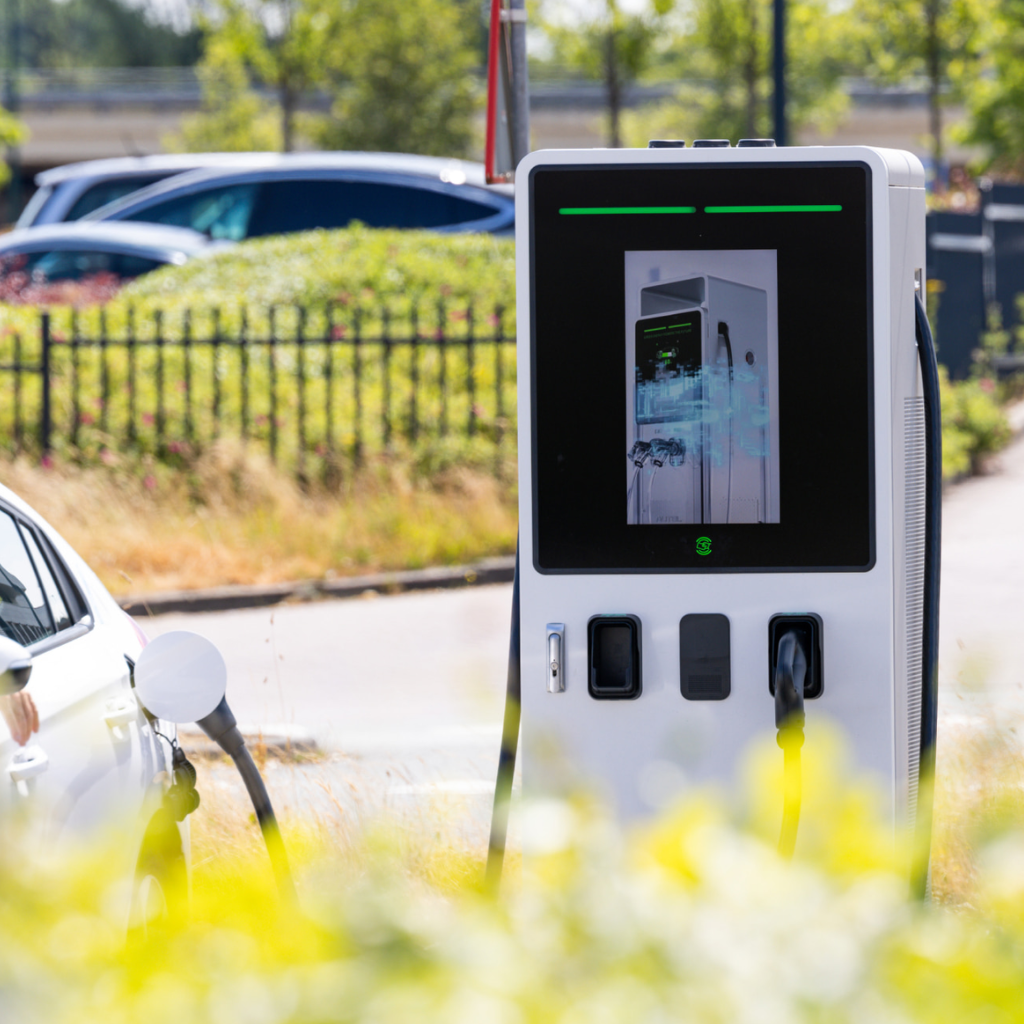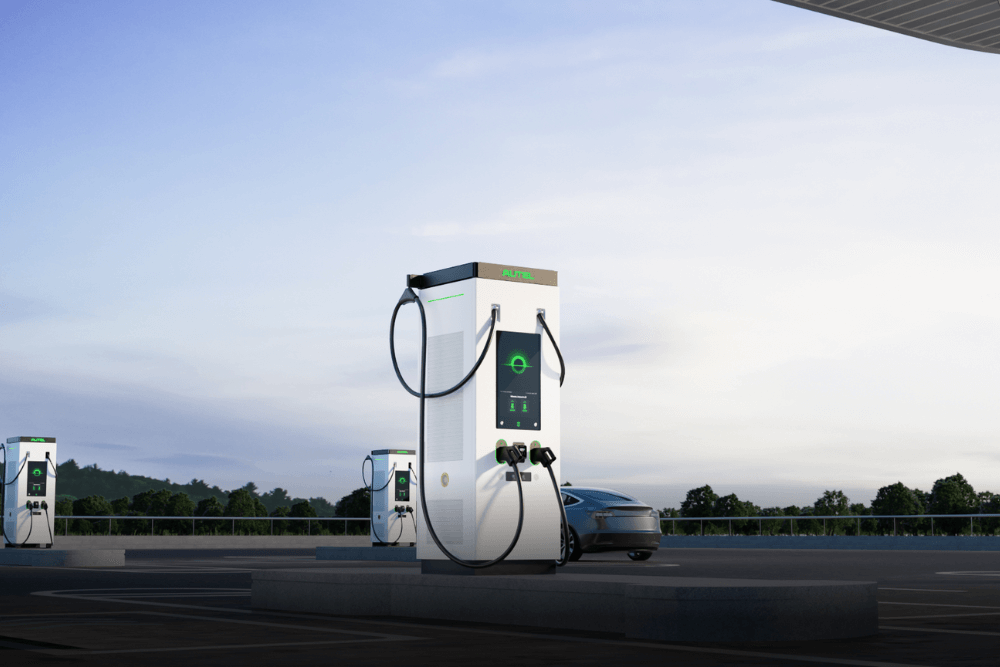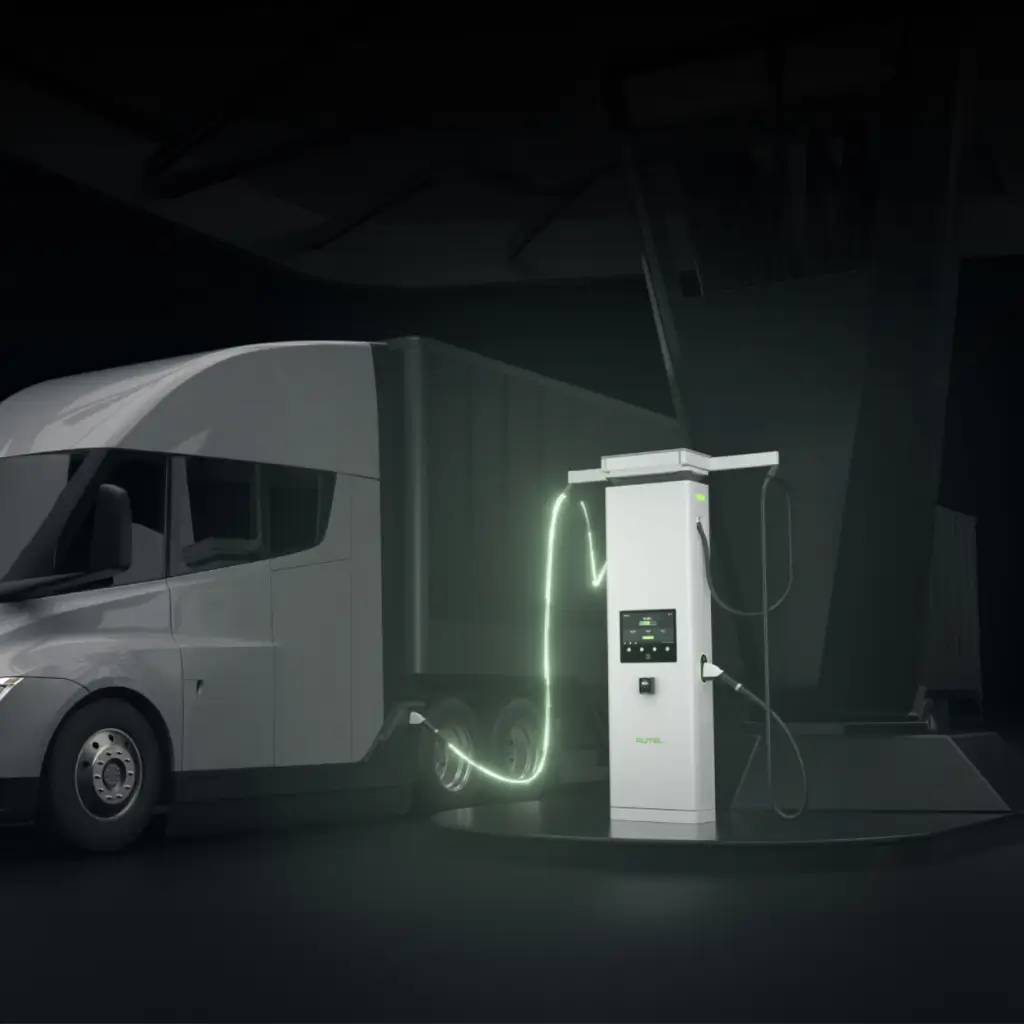
- MaxiCharger DH480
- MaxiCharger AC Pro
- MaxiCharger DC HiPower
- MaxiCharger DC Fast
- MaxiCharger DC Compact
- MaxiCharger AC Elite

- For CPOs
- For Fleets
- For Destination
- For Residential
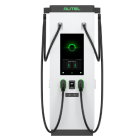 MaxiCharger DH480
MaxiCharger DH480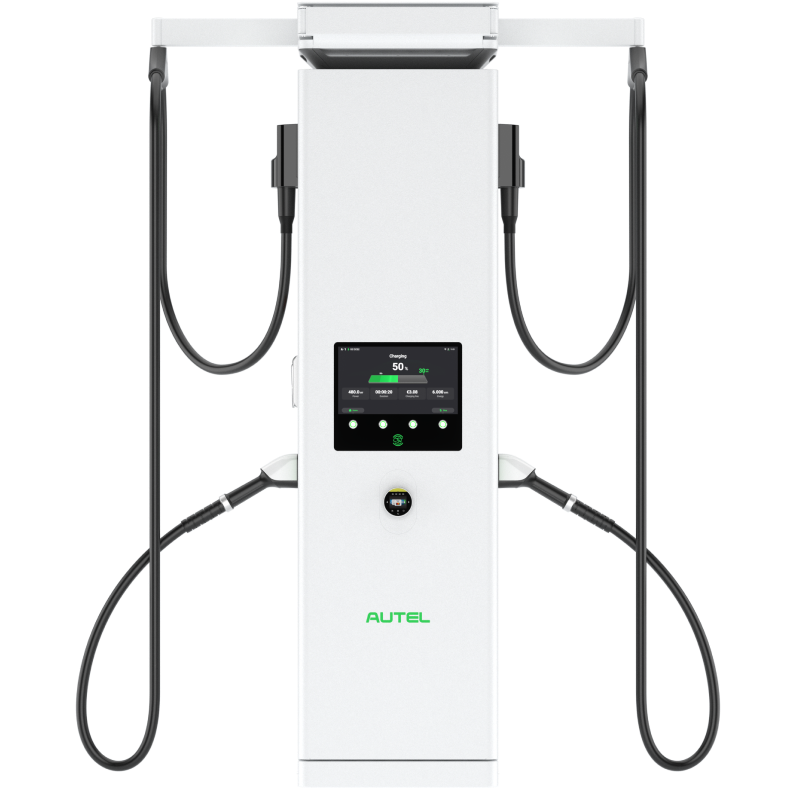 MaxiCharger DC HiPower
MaxiCharger DC HiPower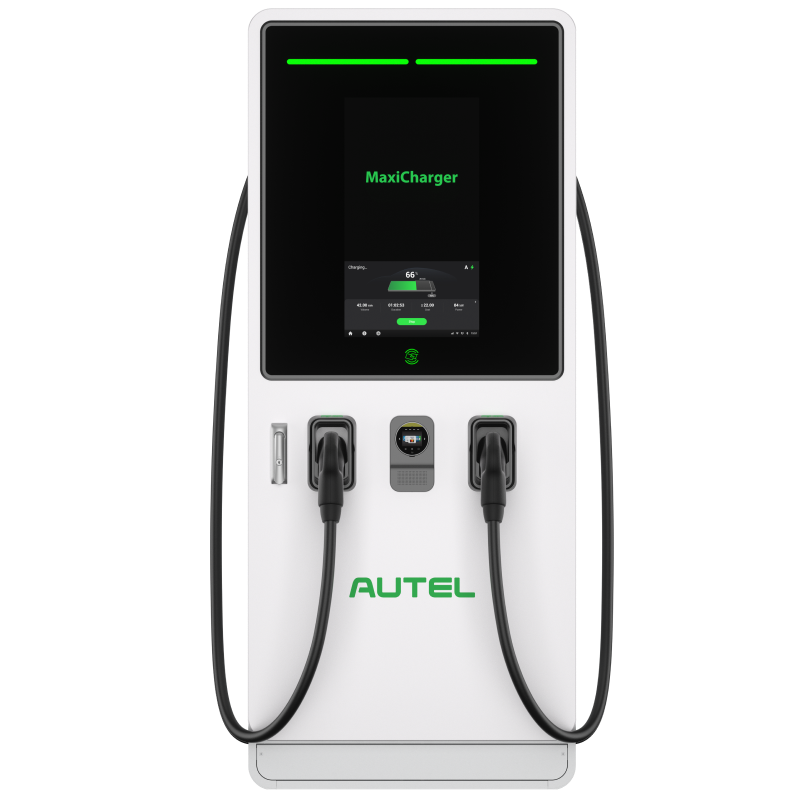 MaxiCharger DC Fast
MaxiCharger DC Fast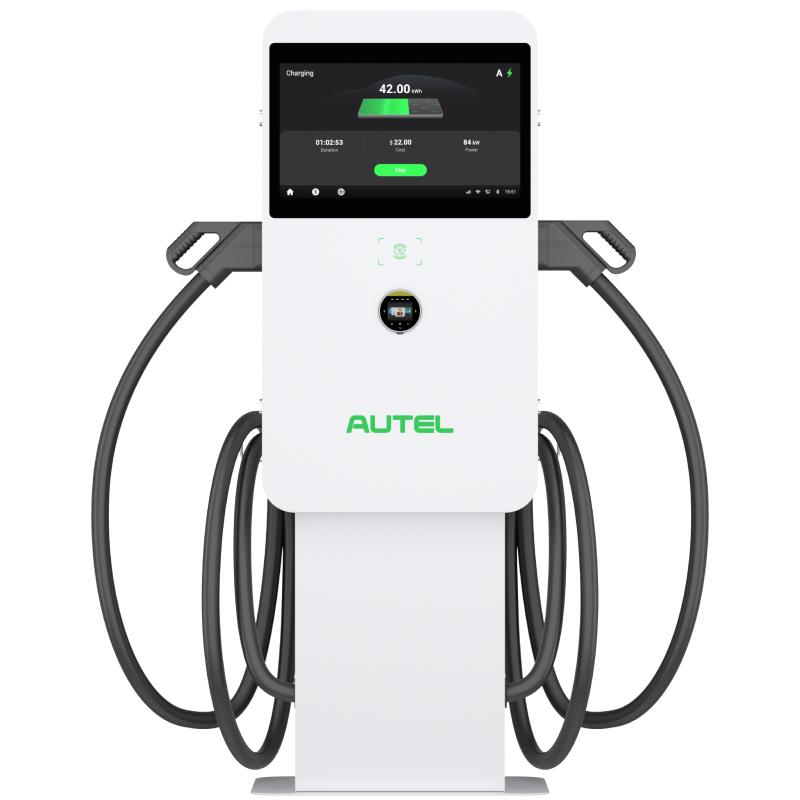 MaxiCharger DC Compact
MaxiCharger DC Compact
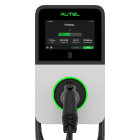 MaxiCharger AC Pro
MaxiCharger AC Pro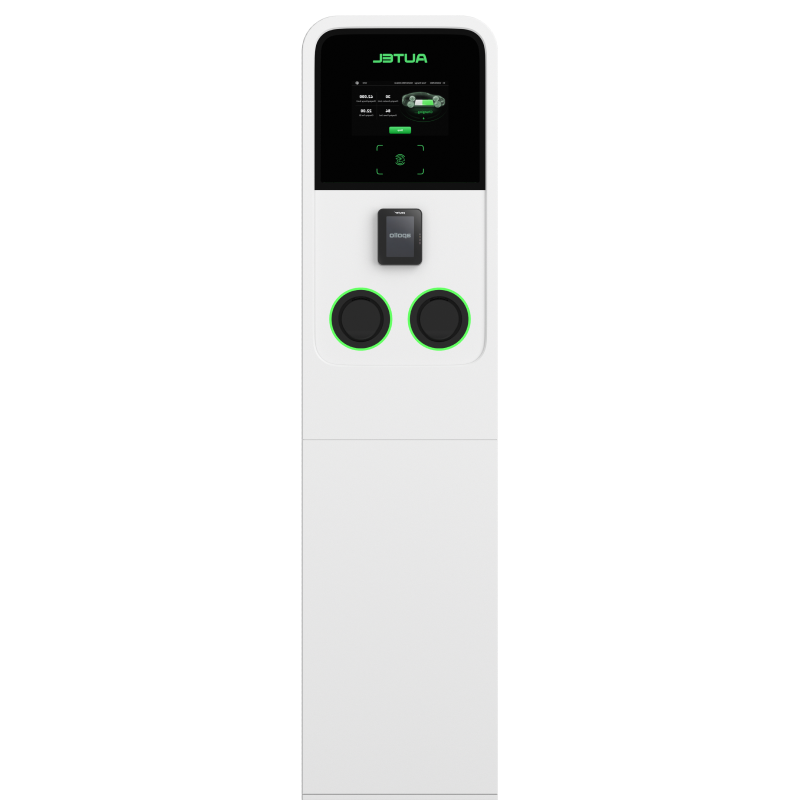 MaxiCharger AC Ultra
MaxiCharger AC Ultra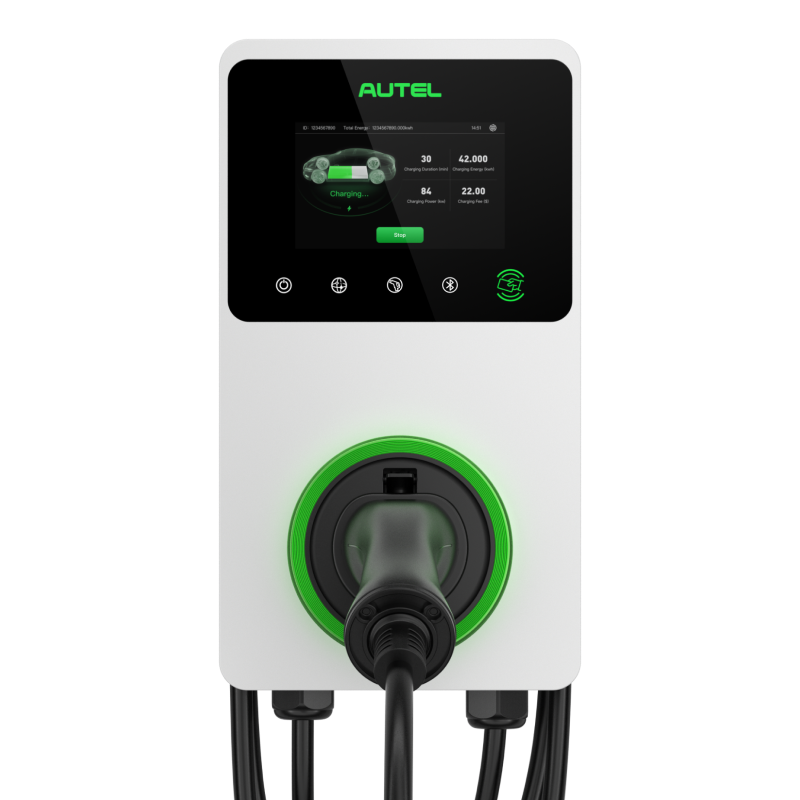 MaxiCharger AC Elite
MaxiCharger AC Elite
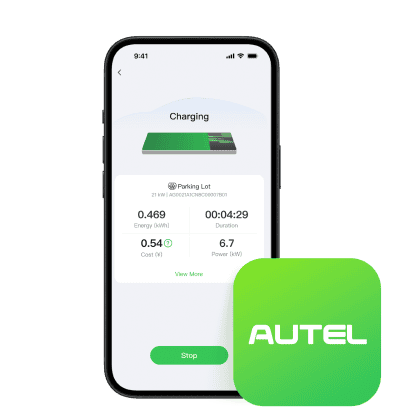 Software
Software
- Partner Introduction
- Become A Partner
- Event
- FAQ
- Blog
- About Autel
- Contact Us
- Sustainability
- Newsroom
- Brand Center
- Product Center
What are the key benefits of fast EV charging stations?
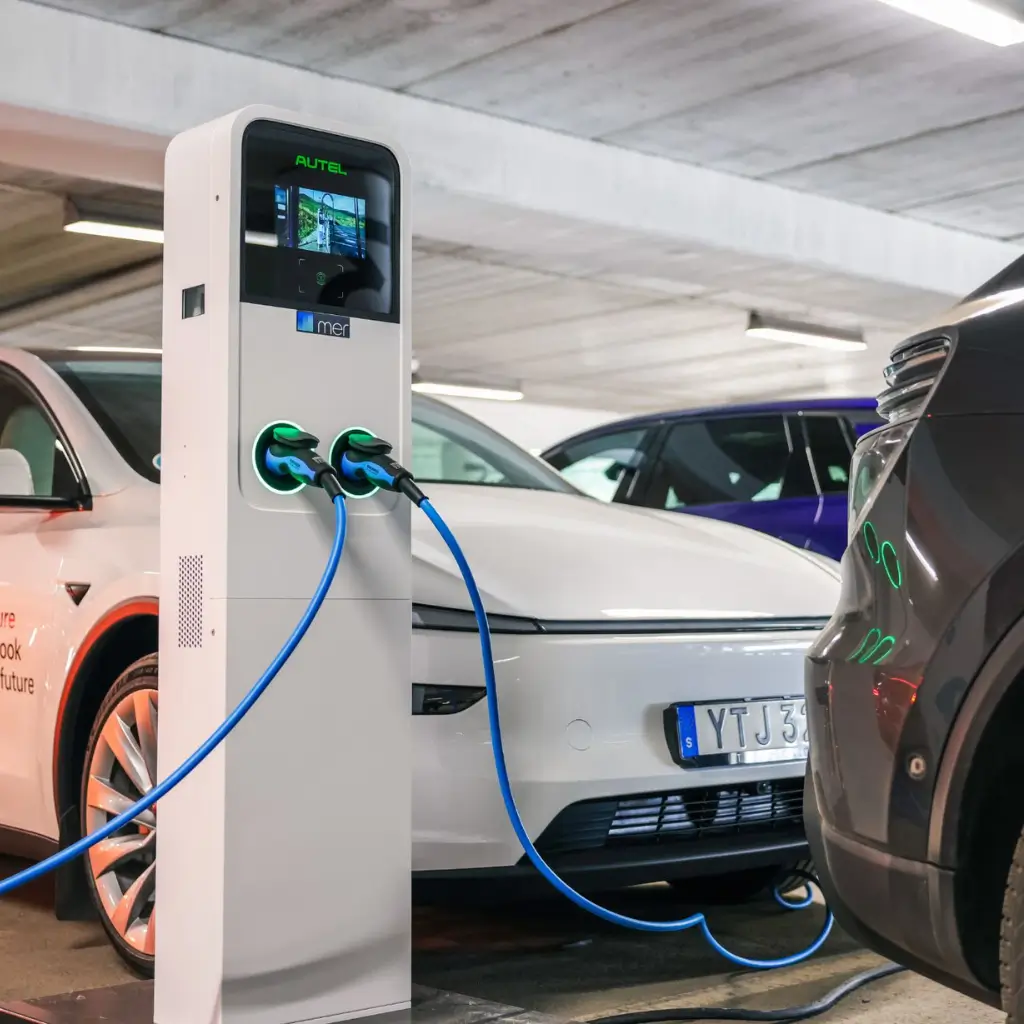
With a fast Electric Vehicle Charger, drivers can power up in minutes, not hours. These stations are popping up at highways, malls, and city centers. The goal is simple: make electric driving easier, faster, and more convenient.
Benefits for EV Owners
As electric vehicle (EV) adoption accelerates globally, enterprises that invest in fast EV charging infrastructure not only support sustainability goals but also deliver significant value to their customers and stakeholders. Fast charging stations have become a cornerstone of the modern EV ecosystem, offering practical, measurable benefits that enhance user experience and strengthen brand loyalty.
Reduced Charging Time: Enhancing Operational Efficiency and User Satisfaction
Fast EV chargers (typically 50kW–350kW) significantly reduce vehicle downtime compared to Level 1 or 2 chargers. For example, a Level 2 charger may take 4–8 hours to fully charge an EV, while a 150kW DC fast charger can replenish up to 80% battery in 20–30 minutes. For businesses such as fleet operators, ride-sharing platforms, or retail centers offering EV services, this translates to improved vehicle turnover rates, shorter wait times, and increased throughput. It directly impacts productivity and enhances the customer experience by reducing idle time.
Increased Convenience for Long-Distance Travel: Supporting Mobility without Interruption
Fast charging networks enable uninterrupted regional or interstate travel, a key factor for both individual drivers and commercial users. Businesses—especially those in hospitality, highway retail, and logistics—stand to benefit by providing value-added services that attract and retain EV drivers. Installing fast chargers at strategic travel nodes supports long-haul mobility and aligns with smart city and EV corridor development strategies. It ensures that customers can recharge during shortstops, promoting seamless integration of EVs into daily and business travel.
Alleviating Range Anxiety: Building Consumer Confidence in Electric Mobility
One of the greatest psychological barriers to EV adoption is "range anxiety"—the fear of running out of battery without nearby charging options. By investing in fast charging infrastructure, businesses help remove this barrier and promote user confidence. A robust charging presence signals brand commitment to future mobility, enhances trust, and positions companies as forward-thinking and EV-friendly. For dealerships, car rental companies, or municipal fleets, fast charging helps facilitate test drives, emergency recharging, and daily operations with minimal disruption.
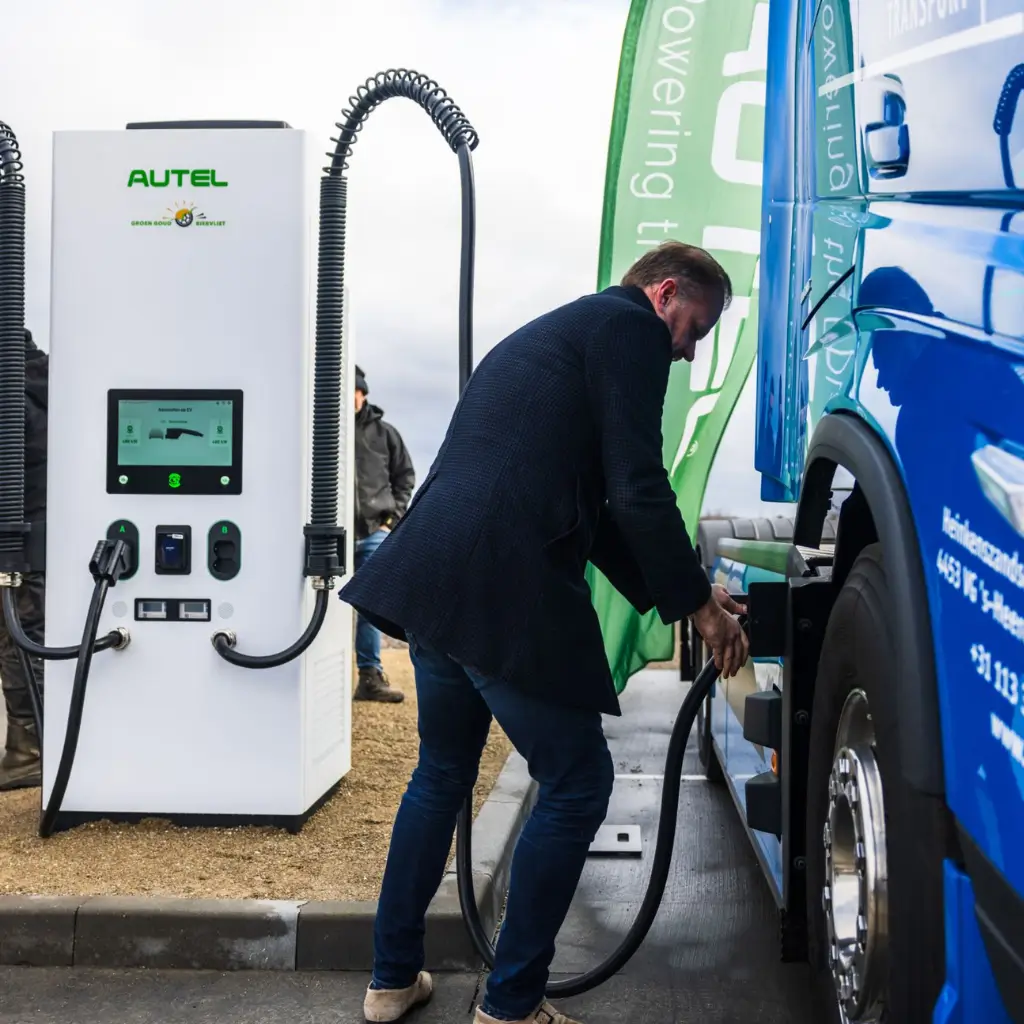
Enhancing Public Infrastructure
Fast charging stations form the core of a reliable, future-ready public EV charging network. Installing high-power chargers (50kW–350kW) at urban centers and transit corridors ensures broad accessibility. For businesses, investing in public infrastructure goes beyond CSR—it strengthens ecosystem influence, opens doors to policy partnerships, and reinforces their role in national electrification efforts.
Companies in utilities, real estate, and urban development may also benefit from regulatory incentives and increased property value. Integration with smart grids and storage systems supports load balancing and sustainable energy management.
Benefits for Businesses: Strategic Positioning in a Rapidly Growing Market
Investing in fast EV charging allows companies to capitalize on the rapid expansion of the electric mobility sector. It positions businesses at the intersection of sustainability, technology, and consumer convenience—three powerful market drivers. Enterprises gain:
- Brand Differentiation: Being EV-ready aligns with ESG goals and appeals to environmentally conscious consumers and investors.
- Partnership Potential: Collaborate with automakers, utility companies, and municipal agencies for co-branded charging hubs or smart mobility solutions.
- Future Proofing Assets: Commercial properties equipped with EV infrastructure command higher valuation and tenant interest, particularly in retail and mixed-use developments.
Attracting Customers and Boosting Foot Traffic: Turning Charging into a Commercial Opportunity
For retail centers, restaurants, hotels, and entertainment venues, fast chargers can transform passive locations into high-engagement destinations. While EV owners wait 15–30 minutes for their vehicle to charge, they’re likely to browse, dine, or shop—creating natural cross-selling opportunities.
Key statistics show that EV drivers spend more time onsite compared to non-EV drivers and tend to have higher disposable income. By catering to this segment, businesses unlock a premium customer base while extending dwell time—a key metric in driving in-store conversions.
Revenue Generation Opportunities: Turning Infrastructure into Income
Fast EV charging is not just an amenity—it can become a profit center. Businesses can monetize charging infrastructure through multiple channels:
- Electricity Sales: Sell high-speed charging sessions with variable pricing models based on kWh, time, or tiered membership.
- Premium Services: Offer add-ons such as valet charging, reservations, loyalty rewards, or bundled offers with in-store purchases.
- Increased Site Utilization: More visitors to charging sites means higher exposure for adjacent services or products.
- Brand Partnerships: Lease advertising space on digital chargers or partner with OEMs and energy providers for co-investment and branding.
For energy companies and fleet depots, dynamic load management and time-of-use pricing can also unlock grid-related revenue benefits while optimizing operational costs.
🔌 Fast EV Charging Stations Explained
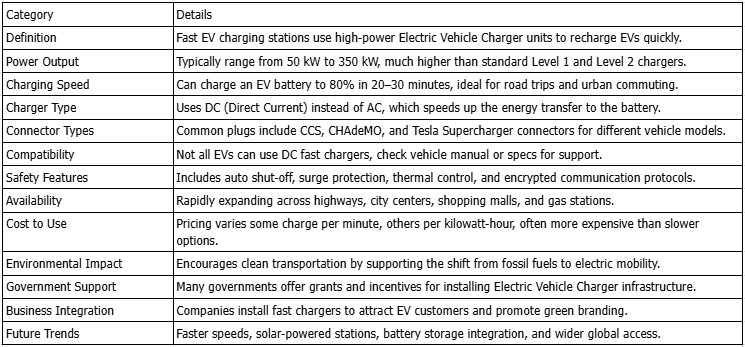
Enhancing Brand Image and Property Value
Installing fast EV chargers signals innovation and environmental responsibility, strengthening brand image and aligning with ESG goals. For commercial real estate, EV-ready properties attract premium tenants, boost lease retention, and enhance long-term asset value.
Compliance with Regulatory Standards
With EV infrastructure mandates rising, businesses equipped with fast chargers meet compliance early, avoiding costly retrofits. These installations often qualify for tax credits, subsidies, and zoning benefits—providing both legal and financial advantages.
Technological, Environmental, and Economic Impact
Fast charging infrastructure drives tech upgrades, supports carbon reduction, and stimulates economic activity. It enhances operational efficiency, aligns with sustainability targets, and creates new jobs across energy, service, and tech sectors.
Integration with Battery Technology and Smart Grid
Modern chargers work seamlessly with evolving battery tech, enabling faster, safer charging. Paired with smart grids, they optimize energy use, cut demand charges, and support grid services like load balancing and energy storage integration.
Reduction of Carbon Emissions and Environmental Impact
Fast charging reduces transport-related emissions, helping businesses lower Scope 3 emissions. It also strengthens public sustainability perception and supports compliance with environmental reporting and CSR goals.
⚡ Why Fast EV Charging Stations Matter
- They drastically reduce charging time with powerful Electric Vehicle Charger units.
- Ideal for long-distance travelers needing quick top-ups on the road.
- Help grow EV adoption by making charging more convenient and accessible.
- Often powered by renewable energy, supporting a cleaner, greener future.
- Located in high-traffic areas like malls, highways, and city centers for easy access.
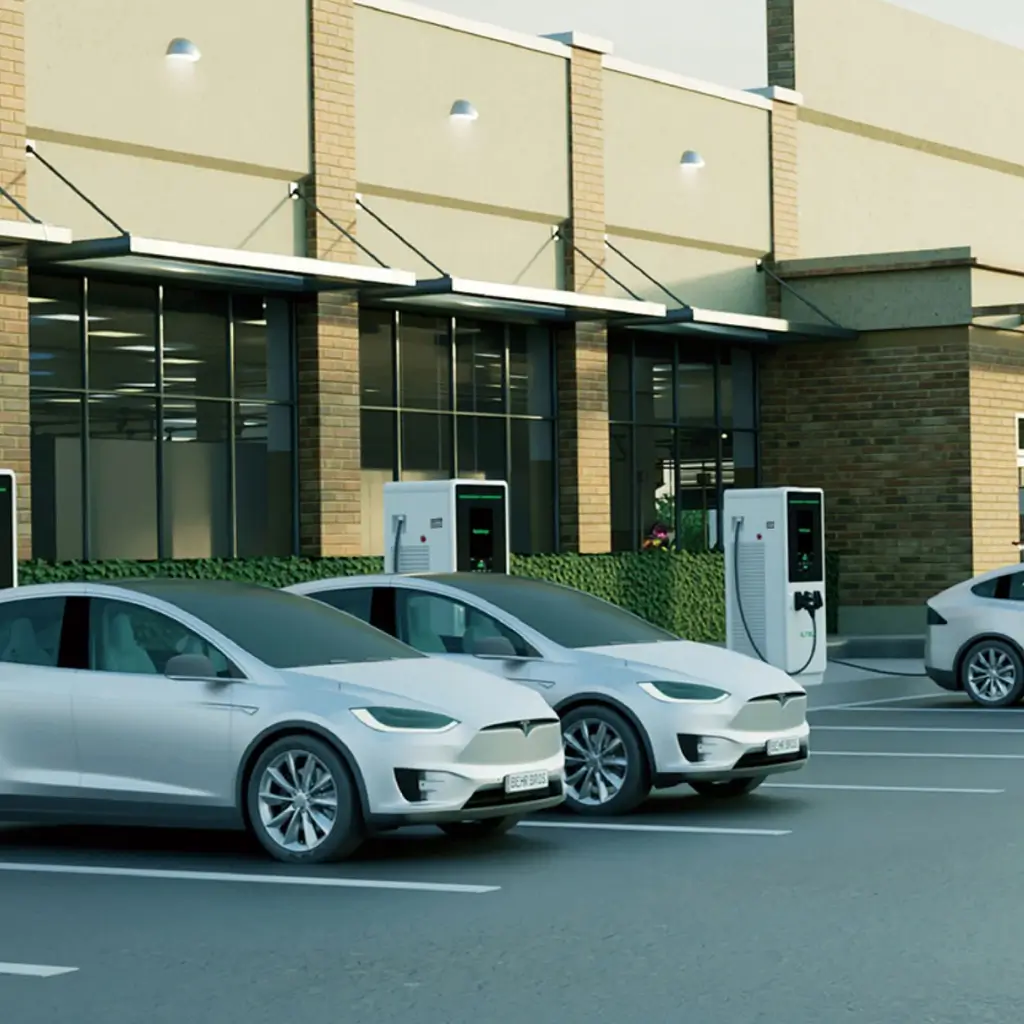
Optimizing Energy Usage and Grid Stability
Fast chargers integrated with smart energy systems help balance grid load and reduce peak demand costs. For businesses, this means more efficient energy use, lower operating expenses, and eligibility for grid incentives. Features like V2G and demand response allow active participation in energy markets, enhancing both sustainability and profitability.
Future Trends and Infrastructure Readiness
Ultra-fast charging, AI-driven deployment, and integration with solar or microgrids are reshaping EV infrastructure. Businesses that invest in modular, upgrade-ready systems today will benefit from early positioning in smart cities and gain a competitive edge as technology and regulations evolve.
Scalability and Future-Proofing
Scalable infrastructure ensures long-term ROI. Strategies include modular charger layouts, open communication protocols (e.g., OCPP), and oversizing electrical capacity. These future-proof investments allow seamless adaptation to growing EV demand and evolving vehicle technology.
Role in Sustainable Urban Planning and Policy Making
Fast charging supports city sustainability goals and green mobility plans. Businesses that align with urban policies gain access to government incentives, premium locations, and increased public visibility. EV infrastructure enhances urban value while boosting commercial traffic for host sites.
FAQs
- How do fast EV charging stations work?
They use high-voltage Electric Vehicle Charger units to deliver direct current (DC).
This bypasses the car’s onboard charger for quicker energy transfer.
The result is faster battery charging compared to standard chargers.
- How long does it take to charge at a fast EV station?
Most fast chargers can power up an EV to 80% in 20–30 minutes.
Charging time depends on battery size and charger power output.
it's much quicker than Level 1 or Level 2 charging.
- Are fast EV chargers safe to use?
Yes, fast Electric Vehicle Charger systems are built with multiple safety features.
They include temperature monitoring, auto shutoff, and surge protection. Proper handling and certified stations ensure user safety.
- Can all electric vehicles use fast charging stations?
Not all EVs support fast charging, especially older or entry-level models.
Always check if your car is compatible with DC fast chargers.
The vehicle’s port type also matters for plug compatibility.
Conclusion
Fast EV charging stations are no longer a luxury—they’re essential to the future of clean transportation. For businesses, they open new revenue streams, boost property value, and support ESG efforts. For drivers, they mean faster, easier, and more reliable charging.
Companies investing in this infrastructure today aren’t just going green—they’re positioning themselves at the forefront of energy and mobility innovation.
